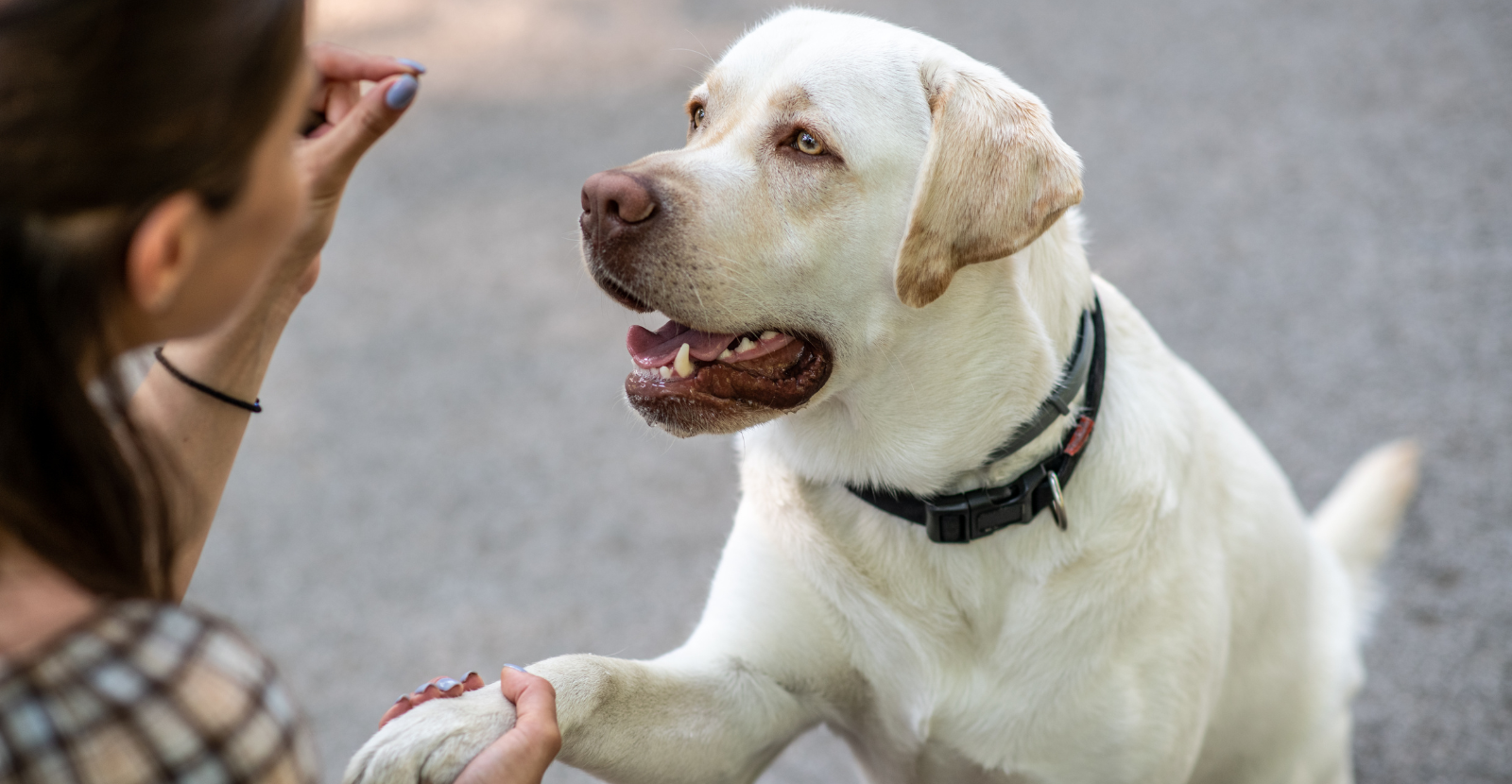We all know prescription and over-the-counter medications ingested will cause poisoning. Plus, there are foods that are perfectly fine for us, but toxic for our pets. What are these and what do we need to know in case it happens? Here is the information you need to help you know what to do, recognize the problem and stay calm if it should ever happen at your household.
What is Heavy Metals Poisoning?
This can happen with unfortunate ingestion of a variety of things with toxic levels of heavy metal in it. Zinc poisoning can occur if your dog swallows too many pennies. Lead poisoning can occur if paint, linoleum or batteries are ingested. Foil and cans could be eaten, causing aluminum poisoning.
In this most recent case, hand warmers contain the metal of iron powder, a highly toxic ingredient. When it is activated, the iron is no longer toxic. However, if a dog gets to it before it has been activated, in the original packaging, the iron powder becomes toxic and potentially lethal.
For some dogs, the smell of metal is different and interesting enough they want to taste it. Unfortunately, this has a possible toxic result of heavy metal poisoning.
Symptoms of Metals Poisoning
Obvious evidence will let you know if your dog has consumed hand warmers. However, it might not be so obvious if there is no evidence left behind, or maybe you haven't seen your dog do anything. If they are exhibiting the following symptoms, consider it might be a metal poisioning:
- Pain in the abdomen
- Diarrhea that may contain blood
- Vomiting
- Arrhythmia
- Rapid heart rate
- Panting
- Shock
- Lethargy or malaise
- Tremors
Treatment of Metals Poisoning
If you suspect your pet has eaten something with high levels of metal, such as hand warmers, call your veterinarian immediately. They might suggest you induce vomiting with hydrogen peroxide to get it out of your dog’s system as quickly as possible. Even if you do this successfully on your own, visit your veterinarian for a follow-up check up to ensure they did not have high levels within their system. Your veterinarian may want to test your dog’s blood to see how much excess iron made it int their system and develop a plan for monitoring them for up to a month or longer.
Dangerous foods you haven’t thought of
There are several people foods we know are dangerous for dogs. But there are some you might be surprised about such as the following:
- Fruit with large pits. While some foods have toxicity, the main concern here is large seeds getting stuck in their esophagus or causing choking hazards. This includes peaches and plums. Even if it goes down without issue, the pits can get stuck going through the intestines, causing additional problems during digestion.
- Avocados. For the same reasons as above, the large pit might get lodged.
- Cherries. These fruits have pits that are smaller but the fruit itself is toxic to dogs. When ingested, they can cause breathing problems and more.
- Grapes and raisins. Delicious to us, harmful to dogs, grapes and raisins can cause kidney issues in dogs. Eating too many raisins can also be harmful in the digestion process, causing dogs to have issues passing the dried fruit that often expands in the stomach.
- Alcohol. Obviously, this can be dangerous to dogs in even small amounts. This includes not only the regular kind of alcohol adults drink, but also alcohol included in household items such as mouthwash and sanitisers. Look for symptoms of exposure to include vomiting and problems breathing.
Prevention of Dog Poisoning
The most obvious way is to keep harmful things away from your dog. As our furry friends are often as curious as toddlers, keep your pet from eating something poisonous by putting things away or not a lower level they can reach. Be sure to check out the additional blog posts we have written about on how to prevent poisonings and what to do:
- Top Dog Poisons and Prevention Tips
- What to Do if Your Dog Eats Chocolate
- Are You Prepared for Pet Emergencies?
As with every emergency, the more information you know BEFORE the situation presents itself, the better you will be. Now that you know this information, you know what to look for and how to respond.
Also, as a reminder, download this FREE Pet Emergency Sheet. Fill the sheet out so you have the emergency contacts and phone numbers at your fingertips, should something happen.
At Parnell Living Science, the makers of Glyde® Mobility Chews, a joint mobility supplement to combat the signs of arthritis in dogs, we hope you never need this emergency information. But if you do, you will be more prepared!














